Testing Nikon’s New 28mm f/1.4 Lens in Morocco
![]()
Last year, I was fortunate enough to earn a Nikon ambassador badge. I took this as a recognition of my work from a the institution I admire for making the best tools to meet my creative needs.
Searching for great light to emphasis on the qualities and trying to find weak spots of this new member of my gear bag was fairly easy. Doing it with high fever and fighting the rainy forecast wasn’t as much fun. Nevertheless, I came back with a set of images to portray the lens which, for me, sets a new professional standard for documentary, portrait and landscape photography. You’ll find out why I think so if you keep reading.
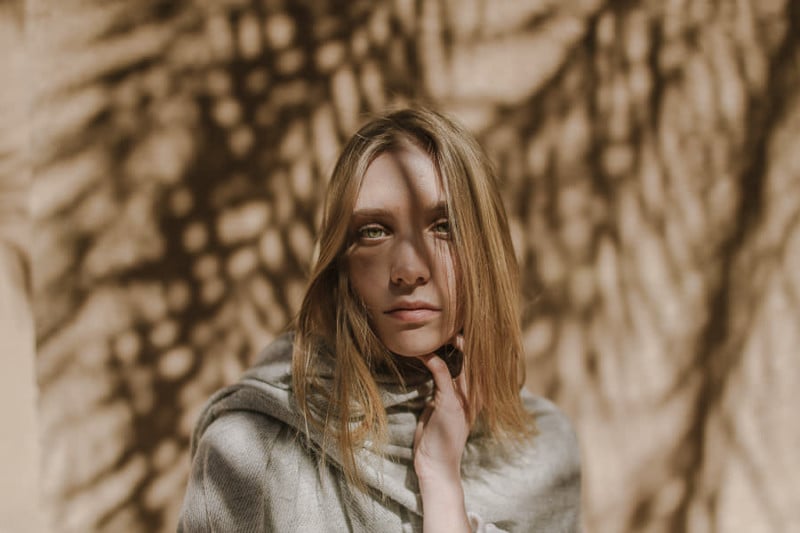
28mm Lets You Get Close. So Close You Can Feel It.
When it comes to lens choices, my approach is simple. I love both the 24 and 35mm focal lengths for my wedding and documentary work, but ever since 28mm f/1.8G got out it was used it as my primary lens for its versatility. All of the images used in this article were taken with the new AF-S Nikkor 28mm f/1.4E ED lens wide open and were edited to taste. Straight out of camera shots can be found on the Nikon website.
Things tend to get personal when you’re using this lens. I shoot two Nikon D750 cameras on my weddings. One of them has a 28mm on it the whole time, while another is usually shifting between AF-S Nikkor 58mm f/1.4G and AF-S Nikkor 85mm f/1.4G. You can see my full gear list here as well. In most cases my images are worthless without the context. I love the way new 28 adds context to every shot if you choose so. If not you always have the option to get closer and narrow things down using shallow depth of field. Paired with impressive autofocus performance and beautiful bokeh it astonished me.
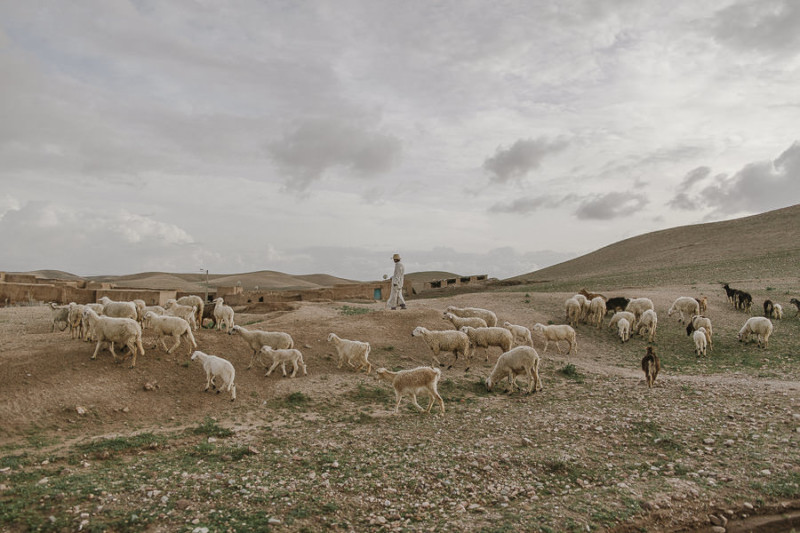
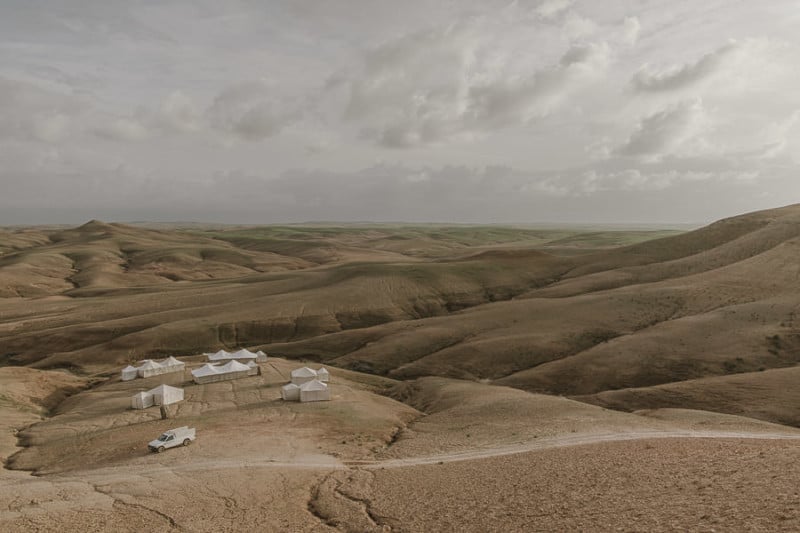
Things tend to get personal when you’re using this lens. I shoot two Nikon D750 cameras on my weddings. One of them has a 28mm on it the whole time, while another is usually shifting between AF-S Nikkor 58mm f/1.4G and AF-S Nikkor 85mm f/1.4G. You can see my full gear list here as well.
In most cases my images are worthless without the context. I love the way new 28mm adds context to every shot if you choose so. If not you always have the option to get closer and narrow things down using shallow depth of field. Paired with impressive autofocus performance and beautiful bokeh it astonished me.
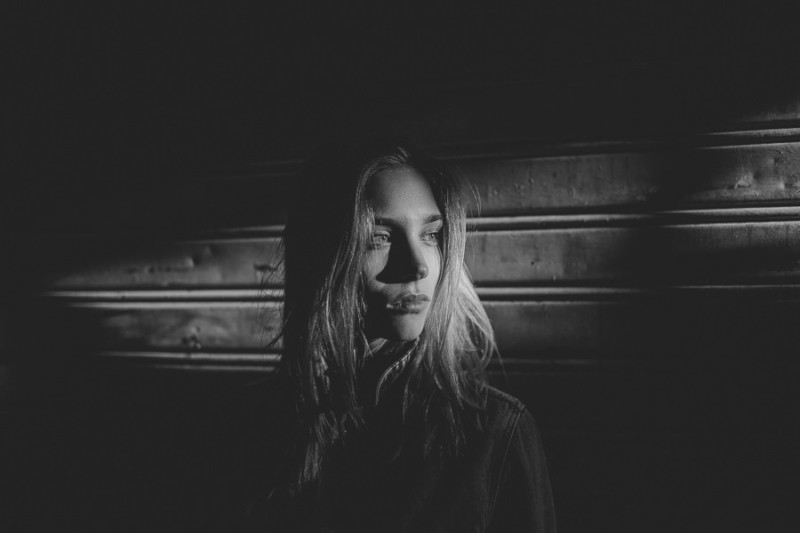
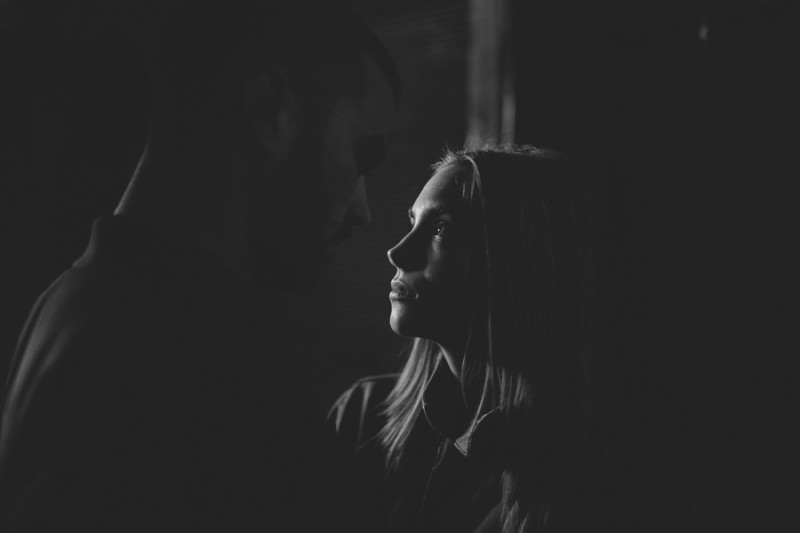
Why 28mm and Not 24mm or 35mm for Me?
This focal length is, quite simply, a bit wider than 35 and slightly narrower than 24. This happens to fit my style perfectly. Those few millimeters matter to me a lot. You are able to fit things into a frame without overflowing it or distorting the corner elements. It’s not as wide, therefore not as supernatural and much closer to human field of view.
It was said by the famous Robert Capa that if your photographs aren’t good enough, you’re not close enough. With a new 28mm you’ll be able to get really close to your subjects. Not only physically close. Emotionally close.
The adaptability of this lens is so amazing that it allows me to shoot documentary, landscapes and portraits without the need to unmount. New 28mm can focus rather close, but not as close as the older 1.8 brother. However, that difference is only 3cm and it allowed me to make some interesting proximity shots.
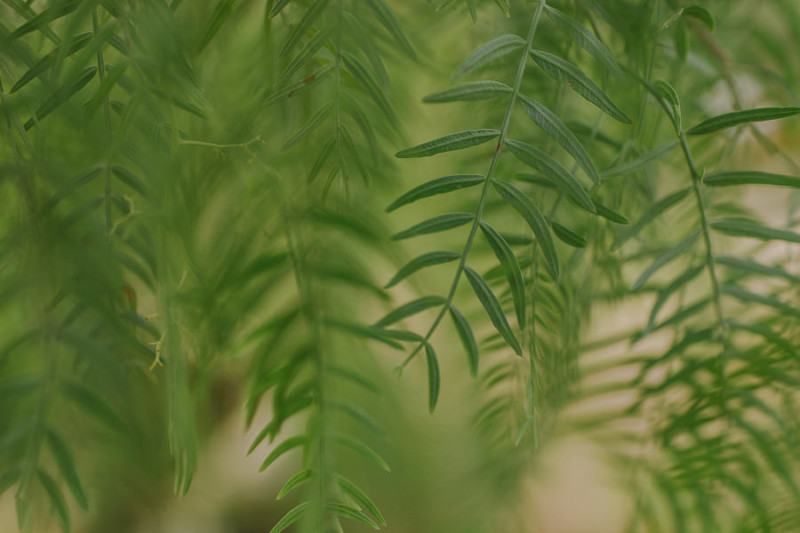
It’s commonly known that 50mm length fits into so-called “normal view” that matches what our eyes see while focusing straight ahead. But once you take peripheral vision into account, 28mm fits the human field of view much better. This is why it feels so natural using a 28mm lens. What you see through a viewfinder is closely matched to what you see through your eyes. This is the reason why, if I had to choose one lens to use – it would be this one.
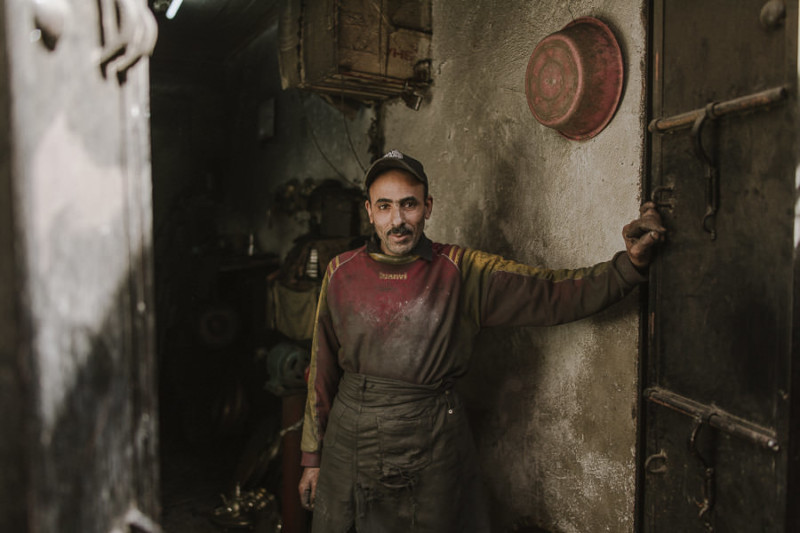
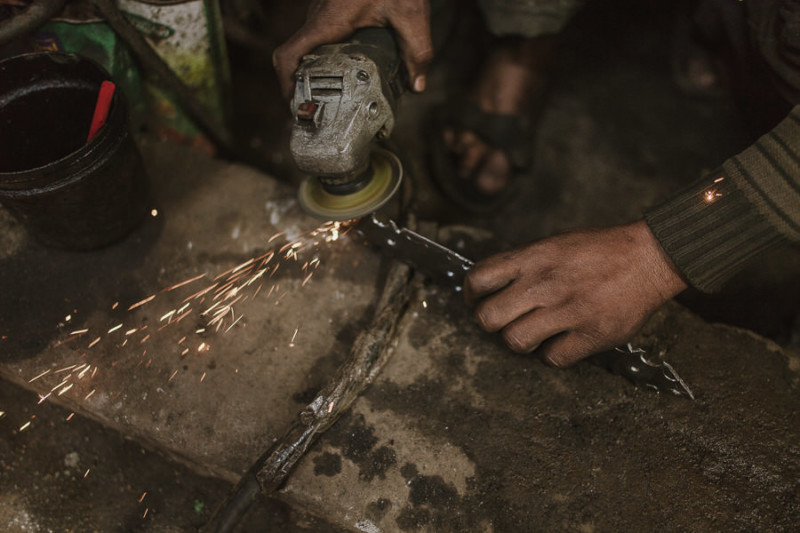
What About the Performance?
My approach to shooting rarely makes me stop down more than f/2.8. I would say with confidence that 95% of my shots are shot wide open, just like the ones I used for this article. I’ll guess that most readers will try to draw the comparison or question the difference between the two 28s. While it’s not as compact or lightweight as the G version, it absolutely outperforms in every other aspect. I’m not really a pixel peeper and some things matter to me more than others. That being said I’ll always value autofocus speed over wide open sharpness, or colour rendering over contrast (as it takes me less time to sharpen and add contrast it in post production).
I also believe that sharpness of the lens usually has more to do with the person using it than the lens performance itself. Everything I say here is strictly subjective as I didn’t submit this lens to proper studio testing. Instead, I took it out in the real world paired with a D5 to see what it has to offer in conditions I find myself in on my shoots. And it has surpassed my expectations. That being said – it’s up to you to trust my judgement or not. I’d definitely suggest trying one out and drawing your own conclusion if having any second thoughts.
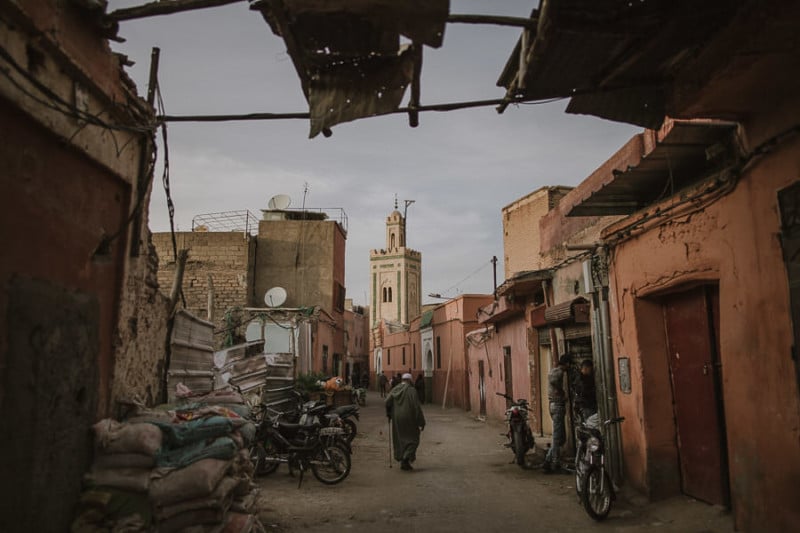
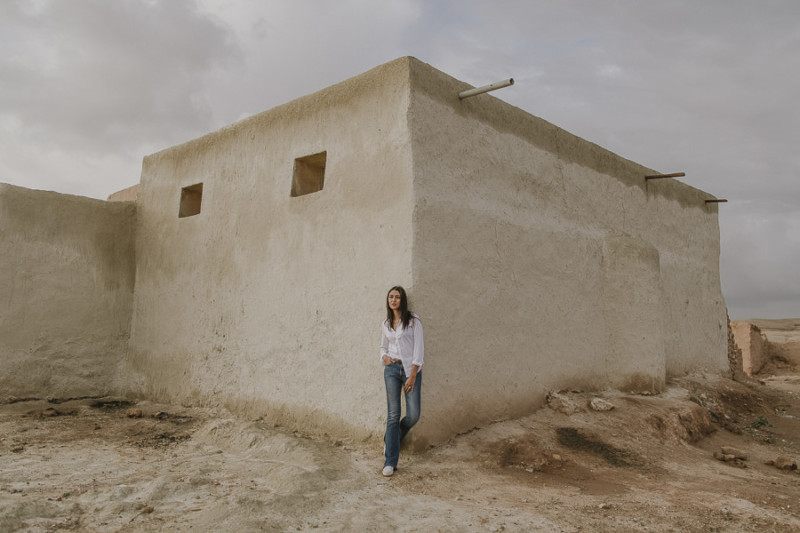

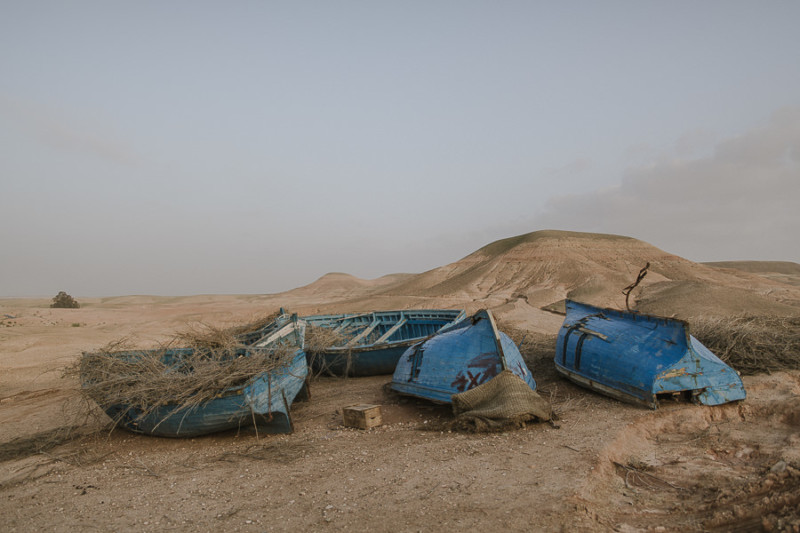
I have to state the obvious. Creating a lens is always a matter of compromise. Why? Because it’s a matter of physics. Taking from one value to gain another, it definitely is one of the biggest struggles of lens manufacturers. To simplify this in my mind I see it like this. Every lens has a value of 100 distributed over several key elements such as weight, autofocus speed, distortion, sharpness, contrast, bokeh, build quality etc. The role of a lens manufacturer is to distribute that value of 100 perfectly and try to match the needs of their users. This is a really tough role. My hat goes down to true heroes of our craft, the lens engineers who, not only managed to distribute these numbers immaculately, but managed to do it so that you’re left with the impression they cheated somewhere. But they didn’t.
The build quality of this lens is a great compromise between robustness and weight. Those of you shooting for long hours will probably be pleased with the fact that it doesn’t weight a ton. On the down side it is significantly larger and heavier than the older 28mm 1.8G which is the curse of having a professional lens with wider aperture and, overall, far better performance.
Distortion is barely noticeable and easily controlled. Vignetting wide open is not the issue as well, while autofocus speed when you pair it with D750 or D5 is significantly faster compared to older 28mm or a 35. Focus ring could use a bit shorter spin for my taste, but will probably be welcomed to videographers. I’m not buying this lens to focus manually. It produces very pleasing bokeh which is responsible for smooth results and great subject differentiation. For a wide-angle lens, this aspect is definitely one of the key elements of focus. It is also one of the reasons why I named this lens revolutionary earlier in this text. I tried hard to produce chromatic aberrations by shooting highlighted or shiny metal objects on Moroccan markets and failed to find unpleasing results. Sharpness across the frame is spectacular and doesn’t ask for a stop down at any point. Uncommon for a wide-angle and like it’s older sister, she’s able to focus relatively close, which allows the use of interesting perspectives and compositions.
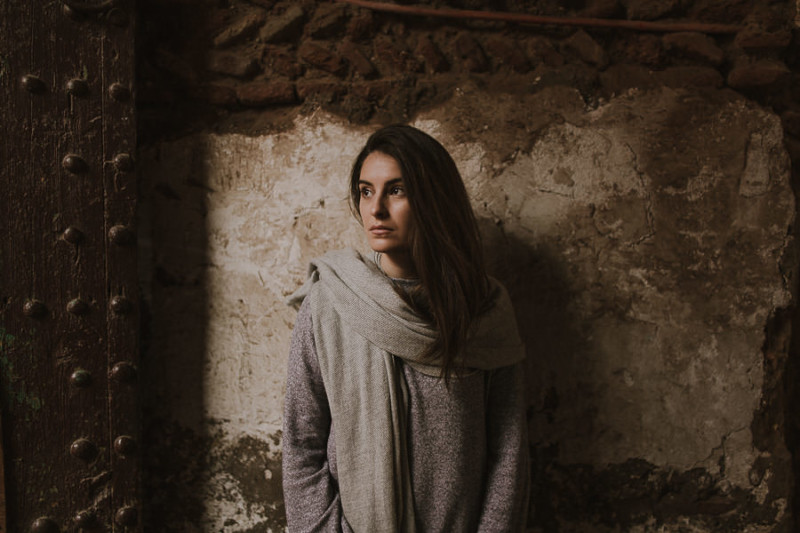
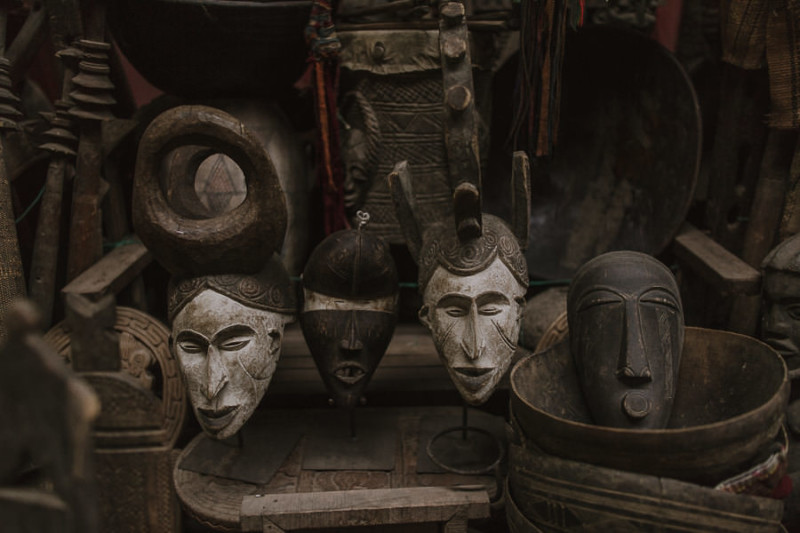
Should You Get One?
Whether you should go ahead and pre-order one for yourself depends on your choice of lenses and way of shooting. There is no product or service made to please everybody. If you are a professional looking for an upgrade of your old 28 2.8 or 28mm 1.8G – this is the lens to go with. If your main go to lenses are 24mm or 35mm you should absolutely try it out. For those of you using zoom lenses such as 16-35 or 24-70 I’d suggest checking the exif data to see which focal length you most commonly use. If you’re on the wider to medium range, I’d give it a try to see if it fits you.
There’s no secret in the fact that movies are very inspirational to majority of photographers out there. You’ll often hear that Orson Welles, Martin Scorsese or Steven Spielberg love to use a 28mm lens. The reason for this lies in storytelling as 28mm simply is great for the job, and videographers will appreciate this lens a lot. Paired with close focus abilities, shallow depth of field and smooth focus ring, it brings refreshment in this area of work as well. As I mentioned earlier, if you try to balance size, speed, weight, price and optical performance, you won’t get any further than this. The only question is – do you like the focal length it gives you?
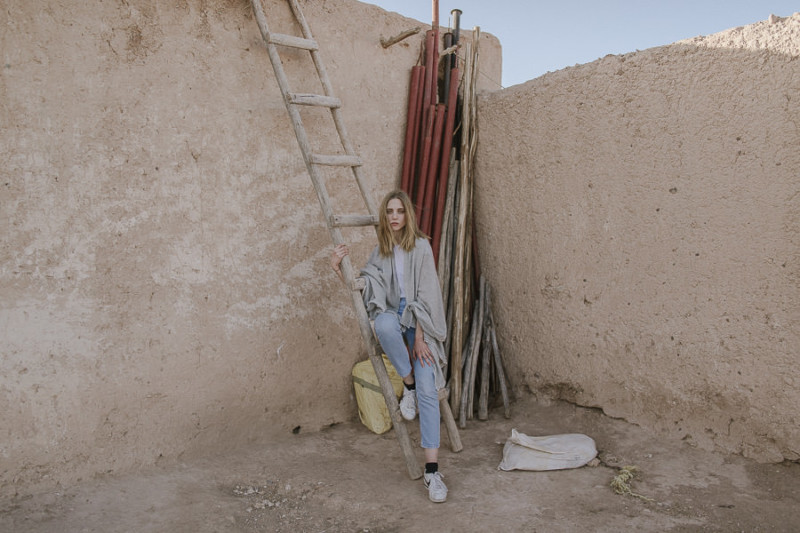
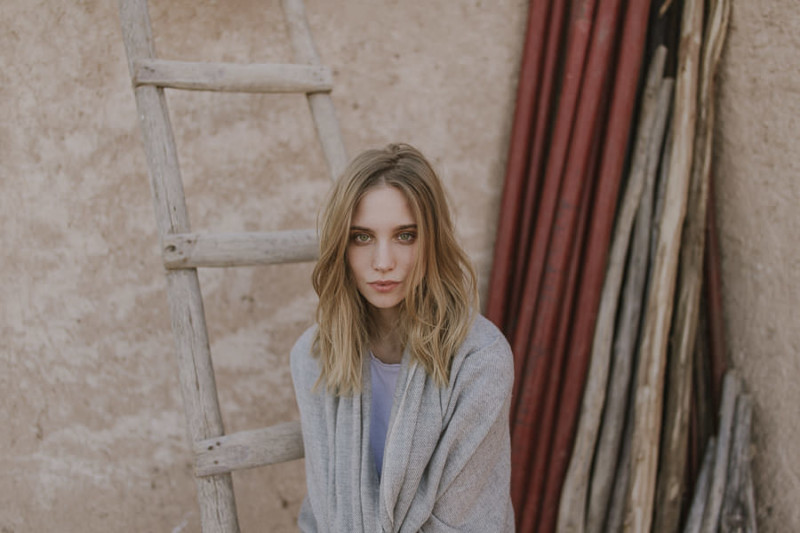
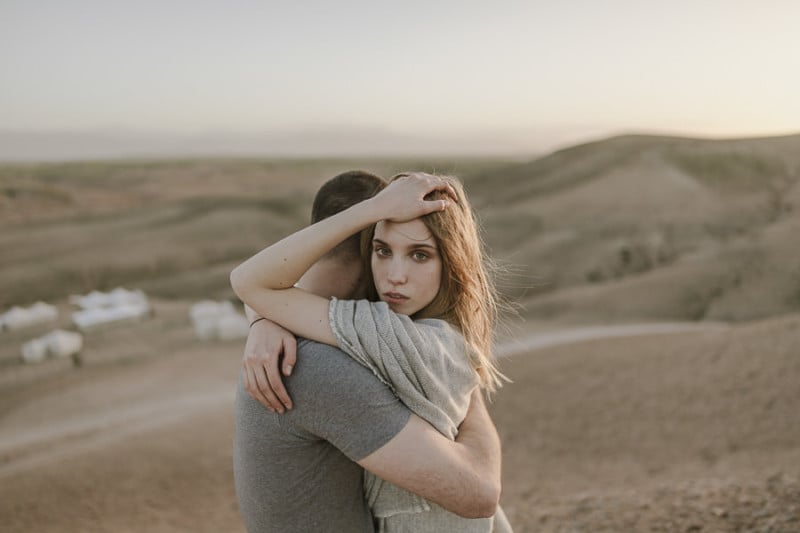
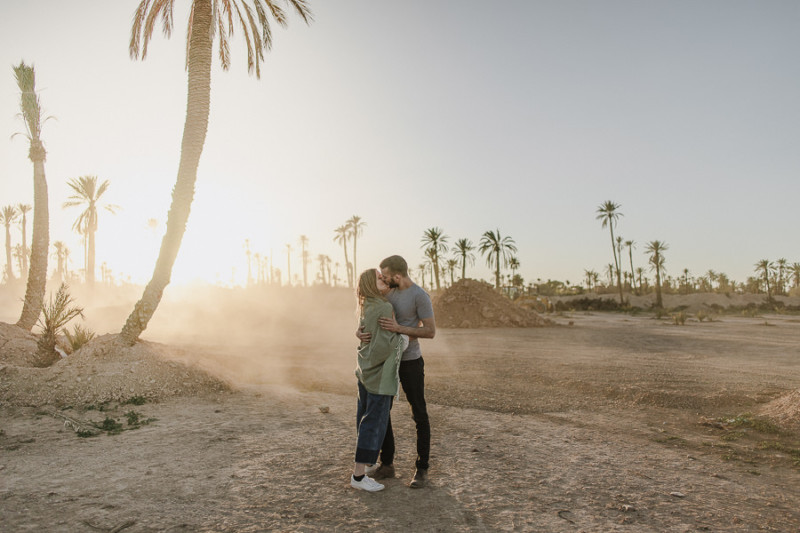
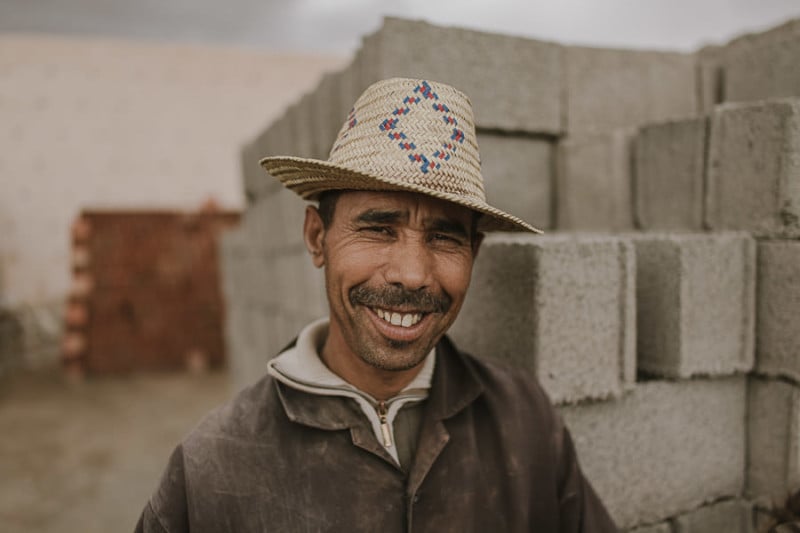
Note: This was a subjective field test of the lens, not a comprehensive studio review.
About the author: Marko Marinkovic is a Nikon ambassador and a destination wedding photographer based in Dubrovnik, Croatia. He travels the world through photography and captures wedding memories with a photojournalistic style. You can find more of his work on his website. This article was also published here.
Image credits: Photographs by Marko Marinkovic and used with permission. Client info: Nikon Japan/Worldwide. Creative Director: Soichi Hayashi. Talent: Fatimazahra Elhorre, Ena Cucek, Ivana Cirjak, Luka Smetisko. Photo Assistant: Ivana Cirjak